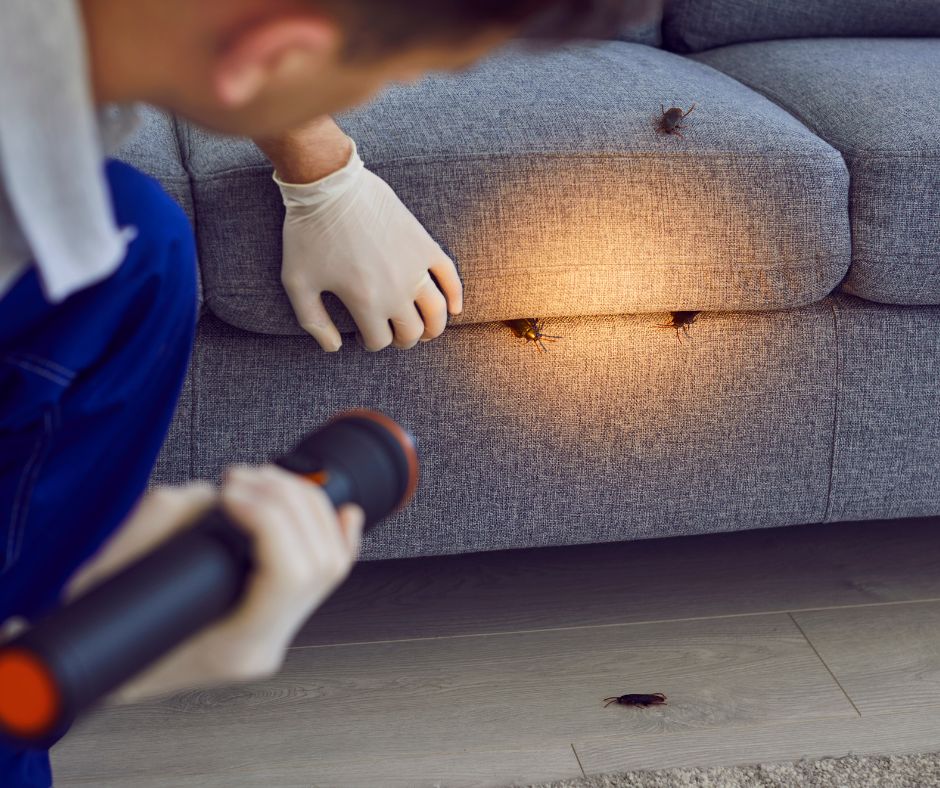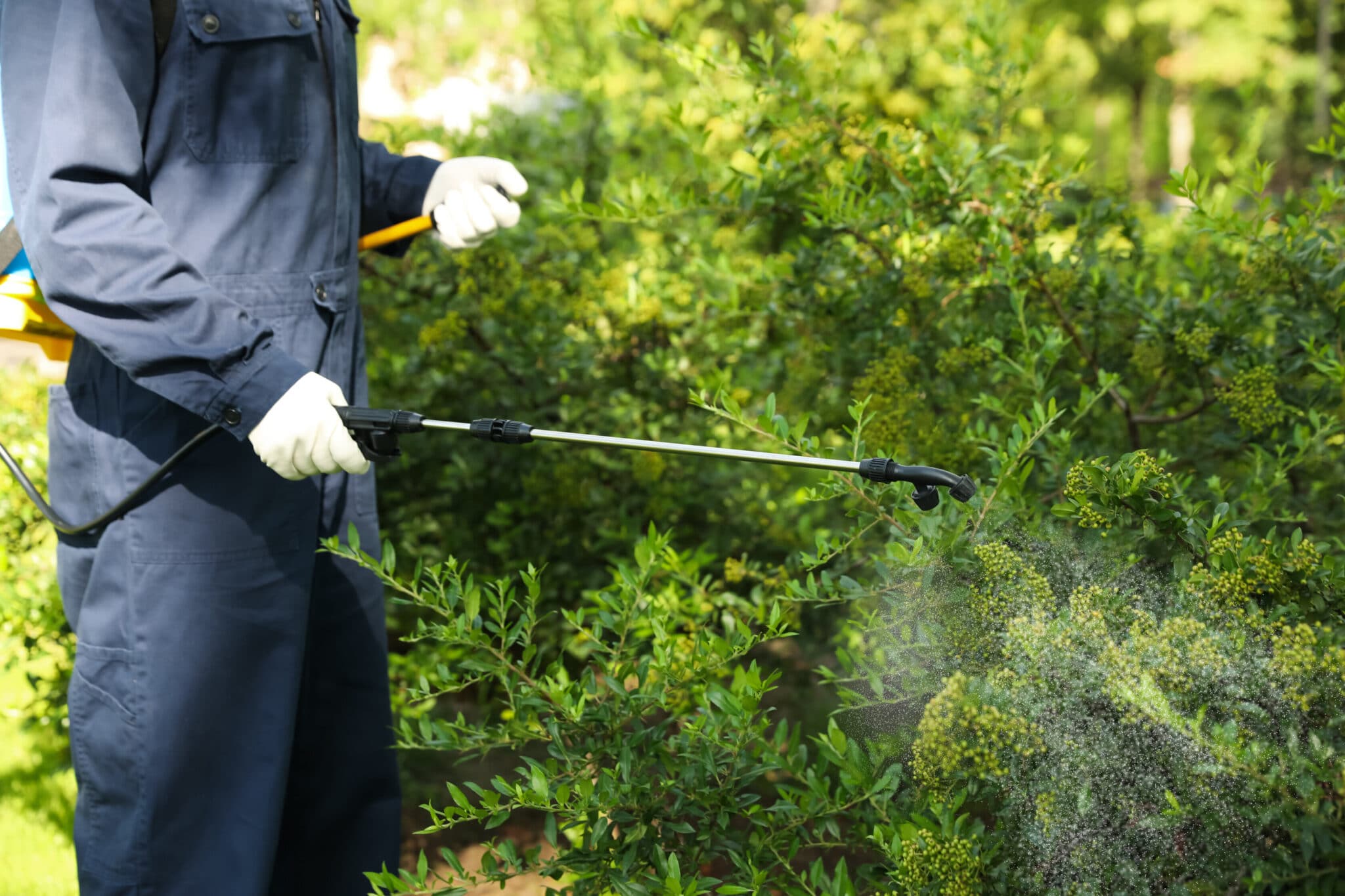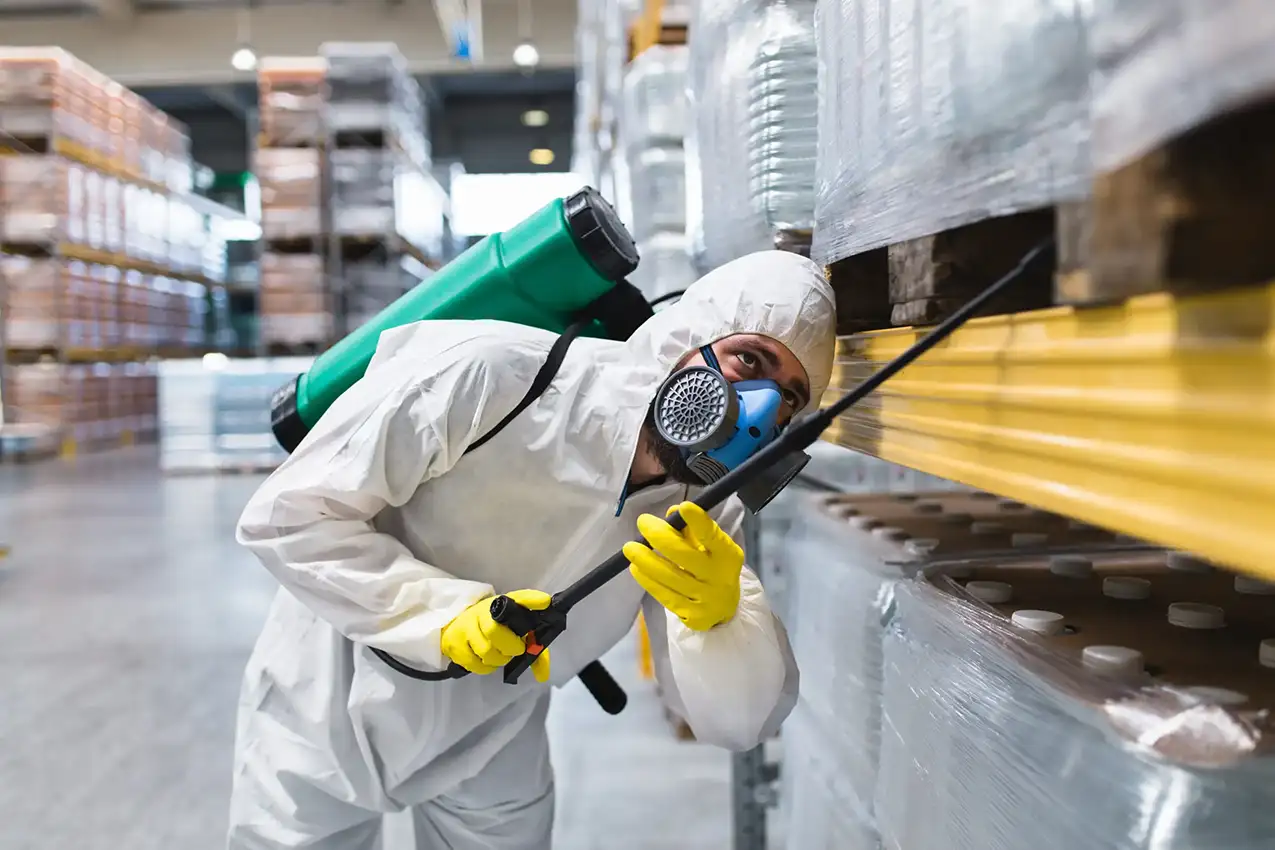Ant Exterminator Near Me: How to Get Rid of Ants Quickly and Efficiently
Find Out About the Most Current Breakthroughs in Pest Control and How to Carry Out Reliable Therapy Solutions
In recent years, the area of pest control has experienced considerable innovations, driven by the requirement for lasting and effective therapy remedies. Ingenious methods such as Integrated Insect Monitoring (IPM) combine eco-friendly techniques with innovative technology, improving both efficacy and environmental obligation.
Eco-Friendly Bug Control Options
Over the last few years, the demand for environmentally friendly pest control alternatives has surged as organizations and homeowners alike seek sustainable options to traditional chemical treatments. This change is driven by expanding ecological recognition and a need to minimize the health and wellness risks connected with synthetic pesticides.

Environmentally friendly bug control approaches encompass a variety of methods that focus on using natural materials and methods. Integrated Parasite Management (IPM) is one such approach, combining biological, cultural, and mechanical tactics to manage insect populations while decreasing dependence on chemicals (Wildlife removal services). This alternative approach highlights prevention through habitat adjustment and the introduction of natural killers, therefore promoting a well balanced ecological community
An additional prominent choice is the use of herb pesticides derived from plants, which often tend to be much less harmful to non-target microorganisms. Products like neem oil and diatomaceous planet have gained traction for their performance in regulating insects while positioning minimal risks to human health and wellness and the setting.
Furthermore, exemption strategies, such as sealing entrance factors and preserving cleanliness, play a critical role in eco-friendly insect management. By embracing these lasting methods, people and organizations can successfully handle pests while promoting a healthier earth for future generations.
Smart Technology in Parasite Management
Technology is reshaping the landscape of pest administration, with smart innovation becoming a crucial force in boosting performance and performance - Wildlife removal services. The assimilation of Web of Things (IoT) tools, fabricated intelligence (AI), and information analytics is changing exactly how pest control specialists approach problems
Smart catches equipped with sensors can discover bug task in real-time, sending out immediate informs to operators. This permits timely responses, minimizing damage and minimizing the need for extensive therapies. In addition, AI algorithms assess historical data to anticipate pest habits, allowing positive interventions based on ecological problems and problem patterns.
Drones and automated automobiles are likewise playing a significant function in parasite management, supplying aerial evaluations of large locations, recognizing hotspots, and also distributing targeted therapies. These modern technologies not only simplify operations however additionally improve safety and security by limiting human exposure to potentially hazardous chemicals.
In addition, mobile applications equip customers to check parasite task and accessibility professional recommendations, cultivating a joint strategy to pest administration. In general, the adoption of wise modern technology is establishing a brand-new requirement in insect control, stressing data-driven choices and lasting methods that inevitably benefit both specialists and homeowners alike.
Integrated Pest Monitoring Strategies
Integrated Bug Monitoring (IPM) employs an all natural technique to pest control, incorporating numerous strategies to effectively manage insect populations while lessening risks to human health and wellness and the atmosphere. IPM rotates around recognizing the pest life process, their all-natural adversaries, and the community in which they flourish.
Among the essential parts of IPM is keeping an eye on pest populations via routine inspections and data collection. This enables the identification of parasite limits, figuring out when treatment is needed. Cultural practices, such as plant sanitation, habitat, and rotation adjustment, are necessary in lowering insect occurrence and advertising plant health.
Mechanical controls, including catches and obstacles, are additionally crucial in IPM. These methods can literally get rid of or deter bugs without making use of chemicals. When required, the wise application of chemical controls is used, concentrating on targeted therapies that minimize ecological effect.
Education and partnership among stakeholders, including farmers, parasite control professionals, and the community, are critical for the successful implementation of IPM approaches. By prioritizing sustainable methods, IPM not only addresses pest concerns but additionally fosters a much healthier community.
Biological Control Approaches
Various organic control methods are increasingly acknowledged for their performance in handling parasite populations while promoting eco-friendly balance. These strategies harness all-natural killers, bloodsuckers, and microorganisms to minimize pest numbers without depending on synthetic chemicals. As an example, the intro of click to investigate ladybugs can properly manage aphid populations, while nematodes target soil-dwelling bug larvae.
Additionally, the use of microbial chemicals, such as Bacillus thuringiensis (Bt), supplies an eco-friendly alternative for managing caterpillar insects. These items especially target pest varieties, decreasing injury to helpful insects and pollinators. Moreover, conservation biological control highlights enhancing habitats for all-natural adversaries, such as birds and useful bugs, thereby encouraging their visibility in agricultural systems.
Research study remains to disclose innovative methods within this area, such as using pheromones to disrupt pest mating patterns or the growth of biocontrol agents with genetic modification. Executing these approaches can lead to lasting bug management techniques that mitigate the reliance on chemical treatments, eventually cultivating much healthier ecological communities. As understanding of these strategies expands, they are coming to be important parts of integrated pest administration (IPM) strategies, supplying a balance between reliable insect control and environmental stewardship.
Do It Yourself Insect Control Solutions
As house owners look for effective methods to tackle bug issues, DIY pest control remedies have actually acquired appeal for their accessibility and cost-effectiveness. These methods equip individuals to deal with infestations utilizing conveniently available materials and techniques, usually without the need for specialist intervention.

Additionally, preserving appropriate cleanliness and regular evaluations can stop bug entry and nesting (Wildlife removal services). Simple methods, such as sealing cracks, getting rid of food sources, and decluttering, can considerably diminish insect populaces. Catches, both homemade and readily offered, can likewise offer effective remedies for monitoring and managing particular pests like pests or rodents

Conclusion
The combination of environment-friendly bug control choices, wise technology, and cutting-edge administration strategies provides a detailed technique to efficient insect management. By embracing Integrated Parasite Administration (IPM) and making use of biological control approaches, alongside DIY remedies, accountable and lasting parasite control can be accomplished. These these details developments not just boost the efficiency of bug management methods yet additionally add to a much healthier atmosphere. Executing these methods promotes a well balanced ecosystem while successfully addressing pest populaces.
Eco-friendly insect control techniques incorporate a variety of Go Here strategies that focus on the use of all-natural substances and techniques. Integrated Parasite Monitoring (IPM) is one such method, incorporating biological, social, and mechanical techniques to handle pest populations while lowering dependence on chemicals. As awareness of these techniques grows, they are ending up being essential parts of integrated insect administration (IPM) methods, supplying a balance in between reliable pest control and environmental stewardship.
The assimilation of eco-friendly pest control choices, clever technology, and innovative monitoring approaches provides a detailed approach to effective bug management. By embracing Integrated Insect Management (IPM) and making use of organic control methods, along with DIY options, responsible and sustainable insect control can be accomplished.